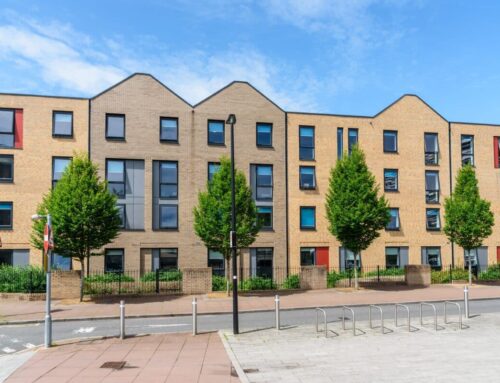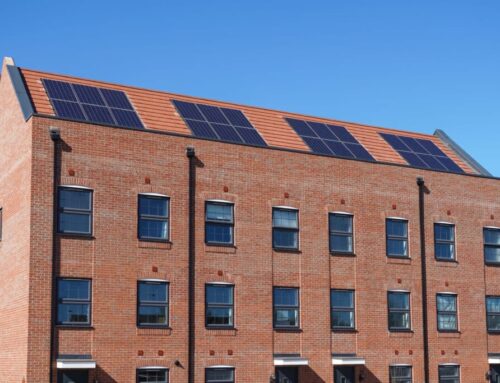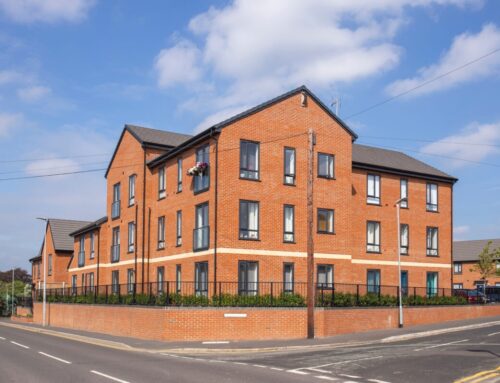The team at Block in a Box look at how the cost of living crisis is affecting leaseholders ability to budget for service charges.
With the ongoing cost-of-living crisis affecting us all, Leaseholders are facing an additional drain on their finances. Service Charge demands will have been rising for most since the beginning of last year due to a multitude of economic and political issues.
Brexit and the Covid-19 pandemic, the war in Ukraine, huge rises in inflation, the cost of materials and increasing fuel prices have all pushed demands up and up.
So how can Residents’ Management Company Directors make sure they’re handling service demands appropriately? Here we’ll explain the various price hikes Directors are facing (so you can explain them to your leaseholders) as well as best practice for your service charge procedure.
Insurance
Buildings Insurance will most likely make up the lion’s share of your service charge. It’s necessary in line with the lease and protects you and your fellow leaseholders’ investments should the worst happen.
Insurance premiums have risen due to a combination of the below factors:
- A surge in claims and general demand which has created a ‘hard market’ of insurers who are increasingly risk averse
- The costs of insurers’ reinsurance is climbing higher and higher
- Building materials and labour costs have increased due to supply chain issues caused by the pandemic, Brexit and the war in Ukraine, which leads to higher Building Declared Values plus higher claims costs and therefore higher premiums
These increases can be seen across the board, not just for block insurance, but that’s of little comfort to those receiving increasingly expensive demands. It’s important to communicate with your leaseholders that this is out of the insurers and the brokers’ control.
It’s also out of your control as long as you’re doing your due diligence, shopping around and ensuring your property is valued correctly- something that has never been more vital.
Along with the supply chain and labour cost issues, many property managers are resorting to increasing excesses to reduce insurance premiums. While this may seem sensible on one hand, it does mean that more of a budget is needed for lower-cost maintenance and repairs (so things can be seen to without making a claim).
This can result in a reduction in the insurance category and a hike in the repairs and maintenance category; a difficult balance to strike. Delaying repairs may seem like an option to reduce costs but this could in turn increase your insurance premiums if ongoing lack of maintenance leads to an incident and a claim or shows your insurer that you’re not taking the necessary steps to protect your block from a claim.
Fuel and Energy
The costs of heating and lighting the common areas of your block will be increasing alongside your personal energy bills, so increases in demands will be seen in this area too.
The cost of fuel will also be having a knock-on effect wherever on-site staff are hired who charge for travel. This could include cleaners, gardeners, handy men, electricians, plumbers etc. These costs add up and could well be reflected in the budget.
Scrutinising the necessary vs the ‘bonus’ work that that your contractors carry out could reduce your costs. For example, delaying unnecessary aesthetic works like repainting or reducing the grass cutting schedule could see some savings that add up over the course of the year. Encouraging leaseholders to be aware of energy usage in common areas or fitting automatic lights could see you make some savings there too.
Correct Service Charge Procedure
With all of the above in mind, it’s never been more important to make sure your service charge procedures are watertight and completely above board. As finances are being squeezed, leaseholders will be checking the detail of their service charge demands all the more rigorously- here’s how it should be done:
- Issue the demand in absolute accordance with the Lease
- Put it in writing, with the landlord’s address clearly stated (not the managing agent or any kind of ‘care of’ address)
- Include the Summary of Rights and Obligations for service charges
- Serve the demand within 18 months of the expense being incurred
Normal practice is to serve the demand 21 days before payment is due. You can then send reminder letters to slow payers 14 to 21 days after the payment was due- this should include details of next steps should they continue to withhold payment.
Help With Service Charge Arrears
Many are more likely to face issues with non-payment of service charges as leaseholders struggle to pay their ever-increasing bills. While you may empathise with leaseholders who are in this position, the service charges must be recovered to ensure the ongoing upkeep of the building and the protection of leaseholder investments.
If you need assistance with service charge arrears, Block in a Box highly recommend Property Debt Collection. They have provided service charge arrears recovery services, including recovery of insurance or residential service charges following tenant default, since 1993.
Their ‘no win no fee’ service coupled with their expertise in this niche market has helped to ensure the recovery of over £192 million in service charge and ground rent arrears over the last 10 years.
For leaseholders who are genuinely struggling, they may find it helpful to speak to Citizens Advice who can signpost them towards any charities or other organisations that may be able to support them with the finances.
Head to Block in a Box for advice and signposting to competent professionals who are ready to help with all roles to help you keep your block of flats maintained.
To learn more about leasehold management companies or freehold management companies, contact our friendly and professional team today on 0333 0154 145.







Leave A Comment